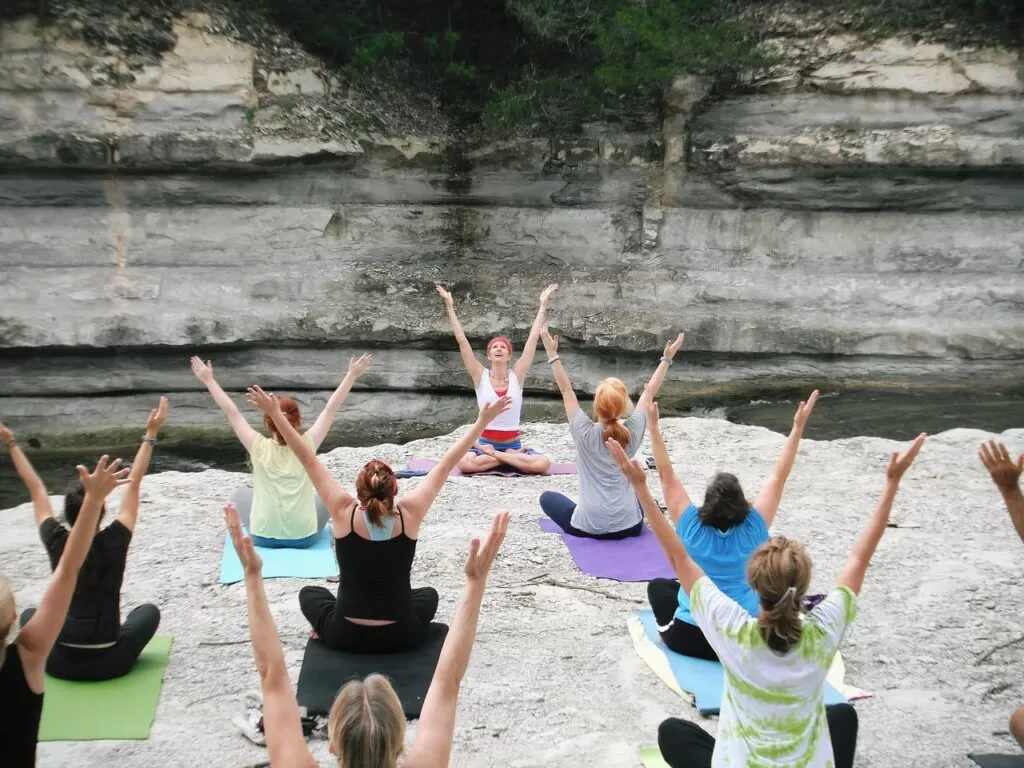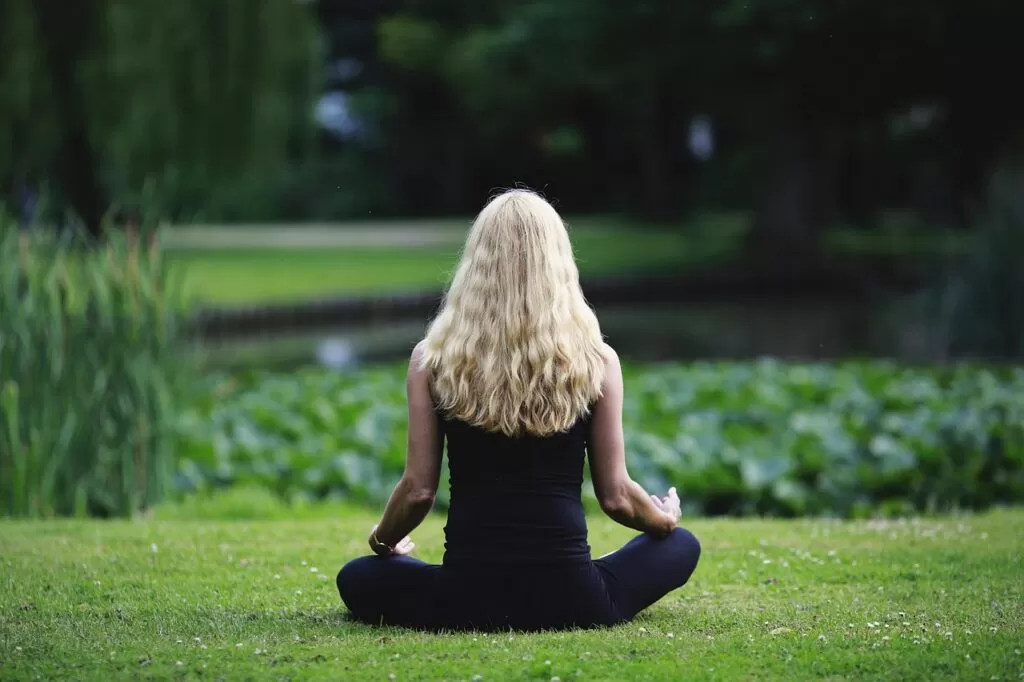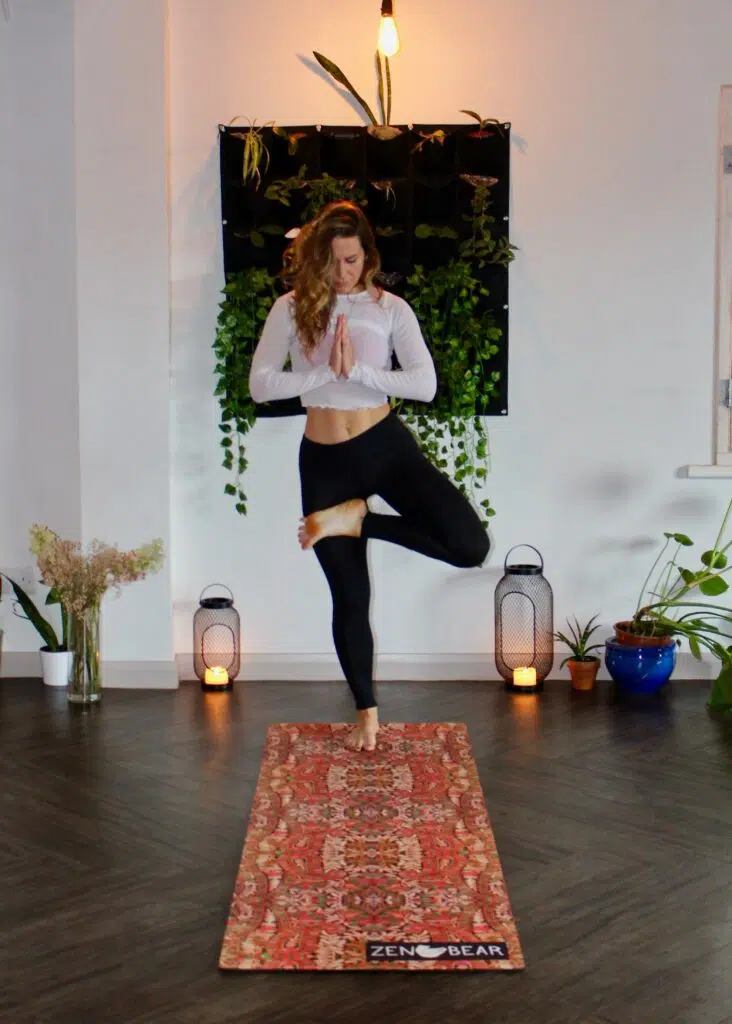
Table of Contents
ToggleIntroduction:

What Are Mindful Breathing Exercises?
Mindful Breathing Exercises Can Be Done Anywhere.
It is a practice that encourages one to become more aware of their thoughts, feelings, and bodily sensations to gain insight into their current state of mind. Mindful breathing exercises can be done anywhere, from sitting in a chair to lying on the floor.
They can also be combined with other forms of mindfulness, such as yoga or meditation. The benefits of mindful breathing include increased relaxation, improved focus, better sleep quality, and decreased anxiety.
How To Do Mindful Breathing Exercises?
Practice This Exercise for Five to Ten Minutes Each Day

The Benefits Of Mindful Breathing Exercises
Here are some of the most significant benefits:
- Reduces Stress and Anxiety -Mindful breathing exercises can reduce stress and anxiety. When you focus on your breath, you can release anxious thoughts and worries.
- Improves Focus and Concentration – Mindful breathing exercises can improve focus and concentration. You are training your mind to stay present in the moment. This can help you be more productive and efficient in your daily life.
- Lowers Blood Pressure – Mindful breathing exercises can lower your blood pressure. They reduce stress and tension.
- Improves Sleep – Mindful breathing exercises can improve the quality of your sleep. They promote relaxation and reduce stress.
- Enhances Emotional Well-being – Mindful breathing exercises can improve your well-being. They are increasing positive emotions such as happiness and contentment.
Tips for Incorporating Mindful Breathing Exercises into Your Daily Routine
Here are some tips for incorporating mindful breathing exercises into your daily routine:
- Set aside time each day – Try to set aside 5-10 minutes daily to practice mindful breathing exercises.
- Create a peaceful environment – Find a quiet and comfortable place. You can also light candles or use essential oils to create a relaxed atmosphere.
- Be consistent – Consistency is key when practicing mindful breathing exercises. Try to practice every day at the same time.
- Use guided meditations – If you are new to mindfulness, you can use guided meditations to get started. Some free apps and websites offer guided meditations.
- Be patient – Mindfulness is a skill that takes time to develop. Don’t get discouraged if you don’t see immediate results. Keep practicing, and you will notice the benefits.

Mindful Breathing Exercise Techniques
Here are some of the most effective techniques for mindful breathing exercises:
- Deep Breathing: Deep breathing involves taking slow, deep breaths, inhaling through your nose, and exhaling through your mouth. As you inhale, focus on filling your lungs with air and feel your belly expand. As you exhale, release all the tension and stress from your body.
- Counting Breath: Counting breath involves counting your breaths as you inhale and exhale. This technique helps you focus on your breath and increase your awareness. Start by inhaling and counting to four, then exhale and count to four again.
- Belly Breathing: Belly breathing involves focusing on the movement of your belly. As you breathe in and out. As you inhale, feel your belly rise; as you exhale, feel it fall. This technique can help you relax and reduce stress.
Tips for Practicing Mindful Breathing Exercises
To practice mindful breathing exercises, one should focus on the experience of their breathing. The breath can be focused on in different ways, such as inhaling and exhaling.
Furthermore, it may also be focused on by taking a deep breath through the nose and slowly releasing it through the mouth. One should not hold their breath but instead breathe naturally and fully through their nose or mouth while practicing mindful breathing exercises.
Here are some tips to help you get the most out of your mindful breathing practice:
- Find a quiet and comfortable place to sit or lie down.
- Set a timer for five to ten minutes.
- Focus on your breath and let go of any thoughts or distractions.
- Start with a few minutes and increase your practice time.
- Practice making mindful breathing a habit.

Mindful Breathing
A widespread foundational practice [that] every mindfulness training program has is mindfulness of breathing: taking an observational stance to the ongoing occurrence of your breath,” says Amishi Jha, Ph.D., a neuroscientist and associate professor in the department of psychology and the director of contemplative neuroscience for the UMindfulness initiative at the University of Miami.
This type of exercise doesn’t involve breath manipulation—it’s just about recognizing its natural occurrence. It sounds simple, but it’s not always easy to do. Begin by breathing normally and becoming a focused observer of your breath.
Cool Air Coming In Warmer Air Going Out
It’s helpful to hone in on a physical cue, like the rise and fall of your belly or the sensation of air in your nostrils (cool air coming in, warmer air going out). When your mind naturally wanders (and it will—that’s inevitable), note it, then return to the occurrence of each inhale and exhale.
Breathing this way, even for a minute or two, helps eliminate distraction, release negative thoughts, improve self-awareness, and quiet a racing mind. The more you do it, the easier it will get—and the more you’ll start to notice the benefits in your daily life.
Counting Breaths
Here’s a similar mindful breathing technique incorporating another mental cue to help you concentrate: counting each breath. You’ll notice that it’s surprisingly hard to follow your breath—one good trick for staying on task is to measure it.
“For people who have hectic minds, adding the component of counting is very helpful,” Price says. “Techniques like counting help take us out of thought loops that feed stress, anxiety, or negative emotions.”
Deep Breathing
Here, you can practice changing your breath—deepening it—for a desired outcome. Deep breathing, also called belly breathing or diaphragmatic breathing, is precisely what it sounds like and can help reduce stress and promote a sense of calm.
Breathing thoroughly into the belly, then exhaling completely, deactivating the stress response and activating the “rest and digest” state. Stressed? Overwhelmed? Panicked? Spend a few intentional minutes taking calm, deep (but gentle) breaths, which will signal your brain that everything is ok.
Mindful Breathing Exercises and Meditation
Combining mindful breathing exercises with meditation can enhance the benefits. Improving your mental health and well-being.
Mindful Breathing Exercises and Yoga
Mindful breathing exercises are an essential part of mindfulness and meditation practices. These exercises help to bring awareness to the breath, which can have a calming effect on the mind and body.
The method of mindful breathing can also be used in yoga and other forms of exercise to help focus the mind and reduce stress.
Yoga Promotes Relaxation
Yoga is another practice incorporating mindful breathing exercises. In yoga, breathing connects the body and mind, promoting relaxation and mindfulness. Yoga can improve your physical and mental health while reducing stress and anxiety.
Through regular practice, mindful breathing exercises can offer many benefits, such as improved concentration, better sleep quality, reduced stress levels, increased self-awareness, and enhanced mental clarity.
Conclusion:
Frequently Asked Questions
1. What are mindful breathing exercises?
A: Mindful breathing exercises are techniques that involve focusing on the breath in a non-judgmental way. They can help individuals reduce stress and anxiety, improve focus and concentration, and promote overall well-being.
2. How do I do a mindful breathing exercise?
A: To do a mindful breathing exercise, find a quiet and comfortable place to sit or lie down. Close your eyes and focus on your breath, paying attention to the sensation of air moving in and out of your body. If your mind wanders, gently bring your attention back to your breath.
3. What are some common types of mindful breathing exercises?
A: Some common types of mindful breathing exercises include counting breaths, focusing on the sensation of air moving in and out of the body, and using guided meditations or visualizations.
4. How long should I practice mindful breathing exercises for?
A: You can practice mindful breathing exercises for as little or as long as you like. Even just a few minutes of focused breathing can be beneficial, but many people find it helpful to practice for 10-20 minutes at a time.
5. Can mindful breathing exercises be done anywhere?
A: Yes, mindful breathing exercises can be done anywhere and at any time. They do not require any special equipment or training, and can be practiced in a quiet room or even in a busy public space.
6. What are some benefits of practicing mindful breathing exercises?
A: Practicing mindful breathing exercises can help reduce stress and anxiety, improve focus and concentration, and promote overall well-being. They can also help individuals better manage difficult emotions and thoughts, and improve their overall mental and physical health.
About The Author
Zackery Dixon
administrator
Zackery N. Dixon, a seasoned web designer, entrepreneur, blogger, and proud U.S. Marine, has carved a remarkable path in the digital landscape. At 69, Zackery’s extensive experience and dedication have culminated in a fulfilling retirement, underscoring his notable achievements in the industry.
With a career spanning several decades, Zackery’s expertise in web design is reflected in the successful management of four diverse and dynamic websites. Each platform—First Digital Electronics, Law of Attraction Lab, Diet Exercise Pros, and Yoga Meditation Hub—demonstrates his commitment to delivering valuable content and innovative design.




Pingback: "Transform Your Body with Customized Diet and Exercise Plans!" - DietExercisePros